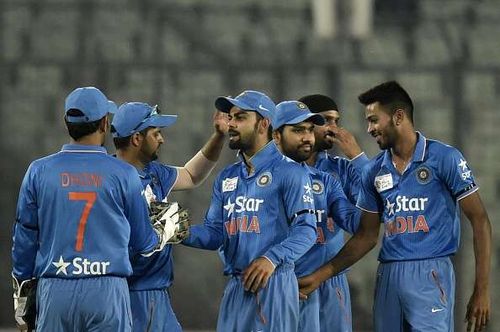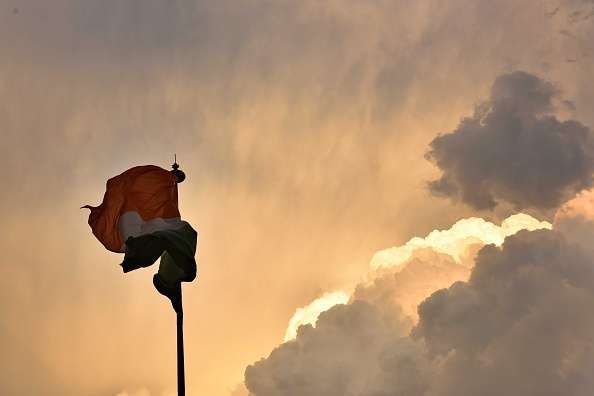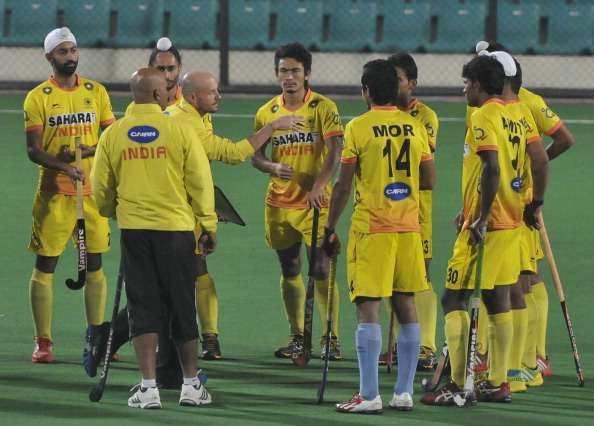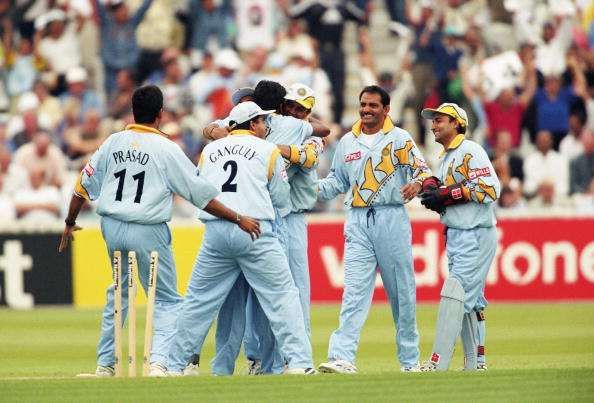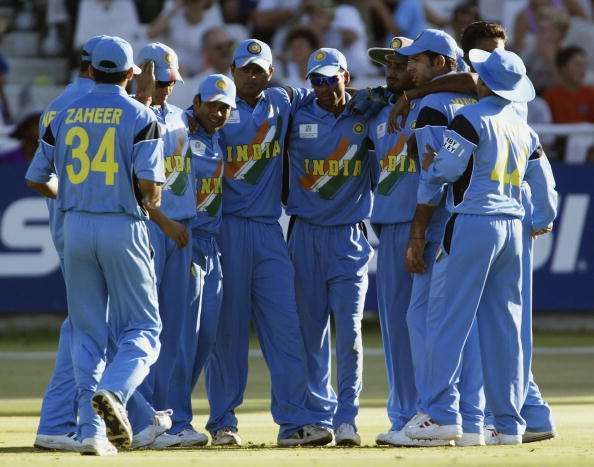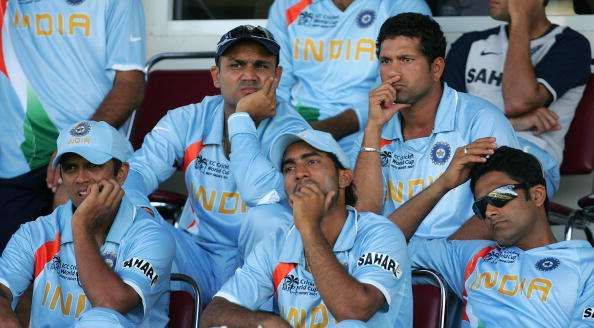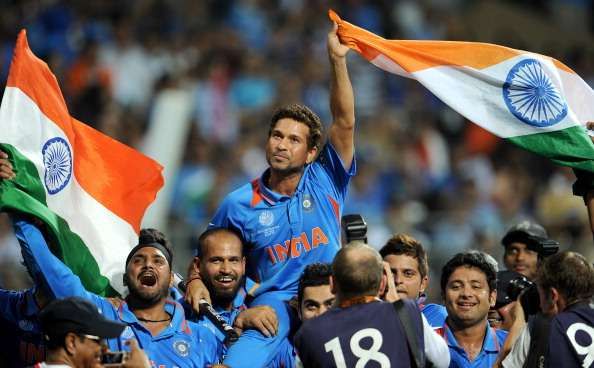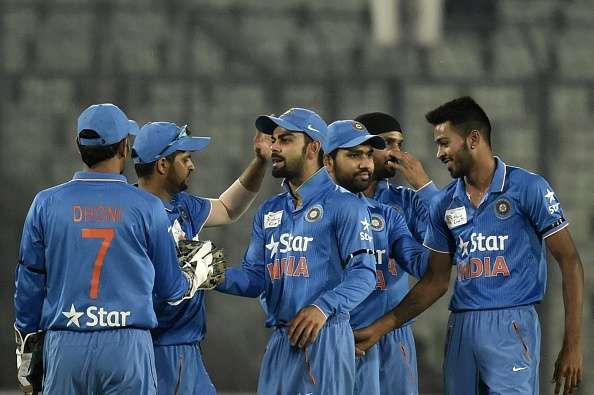
Why are Indian Cricket Team, Hockey Team and other sport jerseys blue in colour?
Jerseys are an intrinsic part of any sport in the world, particularly that of team sports. They reflect a sense of belonging and togetherness; a sense of brotherhood which motives a team to step hand-in-hand on the field and do something remarkable for each other.
India, as we know, traditionally exhibits blue coloured jerseys at the various world sporting events. So much so, that the Indian national men’s cricket side is more famously known as the ‘Men in Blue’ rather than any other nickname(s).
However, quite ironically, the country’s famous tri-colour only consists of saffron, white and green.
Therefore, one question that often haunts the minds of not only 1.3 billion Indians but also the majority of Indian sports enthusiasts is what is the reason behind choosing blue as the country’s sporting colour?
The significance of the Indian tricolour:
First of all, we have to keep it in our minds that there is no particular official national colour of the Republic of India. The Indian national flag, more famously known as the ‘Tiranga’ was officially chosen as the national flag of the country 23 days before its independence, on 22 July 1947.
Dr Sarvepalli Radhakrishnan, who later went on to become the second President of India, once described the significance of the tri-colour.
“Bhagwa or the saffron colour denotes renunciation or disinterestedness. Our leaders must be indifferent to material gains and dedicate themselves to their work. The white in the centre is light, the path of truth to guide our conduct. The green shows our relation to (the) soil, our relation to the plant life here, on which all other life depends,” he said.
Moreover, the Indian flag also displays a navy blue coloured Ashok Chakra with 24 spokes emerging from the centre, which represents “the wheel of the law of Dharma” according to Dr Radhakrishnan.
The reason behind blue:
According to a number of sources, while selecting our country’s sporting colour, the men-in-charge had to keep a lot of things in their minds.
It is believed that saffron was thought to be a controversial colour for our athletes and other sportspersons to exhibit because of its connection to Hinduism. There was a decent chance that sporting saffron jerseys could’ve had a negative social impact on the secular states of the country.
White, as a colour, fails to distinguish itself among the multicoloured sports jerseys of the rest of the countries of the world. Moreover, it doesn’t really make an impact from a visual point of view.
And of course, Green was already selected by our north-western neighbours, Pakistan due the country’s Islamic roots.
Therefore, the men-in-charge finally zeroed in onto the colour of the Ashok Chakra which was a darker shade of blue, or more specifically, navy blue, and decided to stick with it.
Did India traditionally exhibit blue as their sporting colour?
However having said that, one question that creeps up again is, did India always wear blue jerseys in the various world sporting events?
The answer is no. Traditionally, the Indian football, hockey and volleyball team had worn either white or yellow jerseys. Even the Indian contingent at the 2012 London Olympics opening ceremony had sported yellow attires.
The female Indian athletes were dressed in bright yellow sarees while their male counterparts flaunted pagrees of the same colour along with navy blue suits and off-white trousers.
It was only after the immense popularity of cricket since the 1980s, that the county decided to wear blue jerseys in almost all the sporting events of the world.
However, in cricket too, the colour yellow was quite prominent on the Indian jerseys up until the recent past. Until 2007, The ‘Men in Blue’ flaunted the word ‘India’ in a yellow font on their jerseys which was later changed to orange in 2009-10.
Here is the evolution of the Indian cricket jersey over a span of 12 years from ICC Cricket World Cup 1999 to the same in 2011:
Blue is the warmest colour:
Therefore, we can conclusively say that blue imbibes an overwhelming sense of nationalism and unites our country in a more significant way than we actually realised.
From a colour psychology perspective, blue represents both responsibility and reliability. And the way our sportspersons handle 1.3 billion expectations to glorify our country time and again, we couldn’t quite agree more with it.
